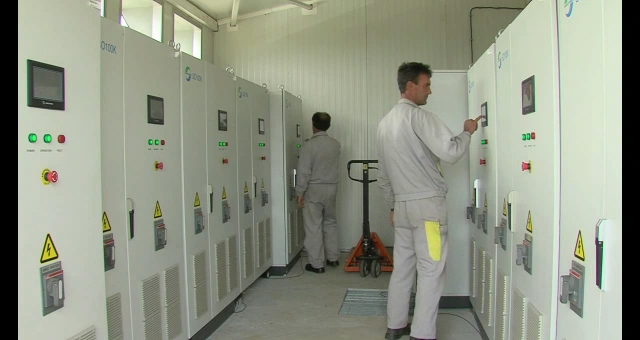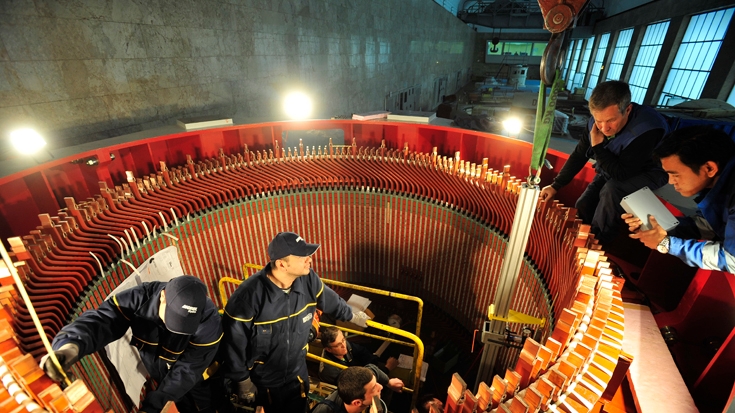Challenge
FYR Macedonia’s momentum towards Europe is already requiring it to focus more on environmental issues, including climate action, even while it faces urgent needs to reduce high unemployment and accelerate income growth. In the short-run, the country needs to address the many inefficiencies that keep it off its best possible growth path by pursuing reforms and investments to improve the overall performance of key sectors. Policymakers need, at the same time, to keep the long-term in mind, both the likely impact of a changing climate on water, agriculture, and infrastructure and the growing obligations to mitigate greenhouse gas emissions. As meeting European Union (EU) requirements on climate and promoting efficient use of natural resources seem, at first glance, at odds with maintaining competitiveness and catching up with EU income levels, the country needs to develop an effective framework for planning and implementing sustainable development policies and strategies across various sectors.
Solution
The Green Growth Country Assessment, a three-year program of collaborative analytical work and technical assistance, evaluated the economic costs and benefits of a shift to greener growth and built local capacity to integrate analytic tools into policy decisions. Macedonian policy makers need to choose adaptation actions to counter the damages that the hotter, dryer, more extreme climate of the future will wreak on water, agriculture, and infrastructure, as well as investing in the reduction of emissions to prevent further climate change. With aging infrastructure in the power supply, irrigation, water distribution, and sewerage sectors, large investments are needed in coming years, and policy makers need to be aware of the impact of long-lived infrastructure choices on the greenness of the country’s development path in future decades. The report’s pioneering interlinking of modeling tools across sectors generated new insights for overall sectoral planning, and the macroeconomic modeling merges the sector work into an economy-wide view. This innovative methodological approach assesses the impact of sectoral green growth action packages on national growth and employment, offering the Government a strong analytic foundation for considering public investment decisions and navigating the multiple trade-offs ahead.



